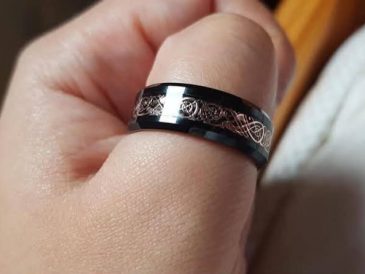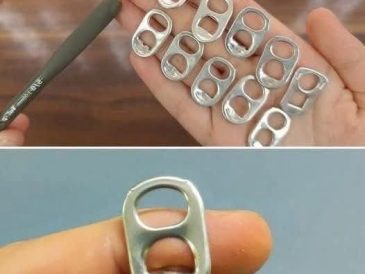🥚 How to Test a Raw Egg for Freshness
Simple Ways to Tell if Your Eggs Are Still Good
Fresh eggs are key to delicious and safe cooking or baking. But sometimes we lose track of how long they’ve been sitting in the fridge. Before tossing them or taking a chance, use one of these easy at-home methods to check the freshness of raw eggs — no guessing, no waste.
🧪 1. The Water Float Test (Most Reliable)
This classic method is quick, easy, and surprisingly accurate.
How to Do It:
- Fill a bowl or glass with cold water.
- Gently place the raw egg (in its shell) into the water.
What It Means:
- Sinks and lays flat on its side ➜ ✅ Very fresh
- Sinks but stands upright ➜ ⚠️ Still okay, but use soon
- Floats to the top ➜ ❌ Bad egg — throw it out
💡 Why It Works:
As eggs age, the air cell inside grows larger due to moisture and gas exchange. A larger air pocket makes the egg float.
👃 2. The Sniff Test
Use this method if you’ve already cracked the egg or if you’re unsure.
How to Do It:
- Crack the egg into a clean bowl.
- Smell it immediately.
What It Means:
- No odor ➜ ✅ Safe to use
- Sulfuric, rotten smell ➜ ❌ Toss it! Even if it looks okay.
🚫 Never taste an egg to test it. If in doubt, throw it out.
👁 3. Visual Check
Look closely after cracking the egg.
Signs of a fresh egg:
- Thick, firm white
- Yolk sits high and round
- Minimal spreading in the pan
Signs of a bad egg:
- Runny or watery white
- Flat or broken yolk
- Discoloration (pink, green, or cloudy)
📅 Bonus: Know Your Expiration Dates
- “Sell by” date: Not the same as an expiration date; eggs are often good 3–5 weeks beyond this if stored properly.
- Julian date (3-digit number on carton): Tells the pack date (e.g., 001 = Jan 1, 365 = Dec 31). Eggs are usually good 4–5 weeks past this date if refrigerated.
🧊 Storage Tips for Longer Freshness:
- Always store eggs in the coldest part of your fridge, not the door.
- Keep them in their original carton to prevent moisture loss and odor absorption.
- Avoid washing them, which can remove the protective “bloom” coating.
🥚 In Summary:
| Test | What to Look For | What It Means |
|---|---|---|
| Float Test | Sinks flat | Very fresh |
| Float Test | Stands upright | Older, use soon |
| Float Test | Floats | Bad, discard |
| Sniff Test | No smell | Good |
| Sniff Test | Rotten/sulfur smell | Bad |
| Visual | Firm white, round yolk | Fresh |
| Visual | Watery white, discolored | Bad |
Using these simple checks, you can safely determine if your eggs are still good and avoid unnecessary waste. A few seconds of testing can save you from a kitchen mishap — or worse, food poisoning!





